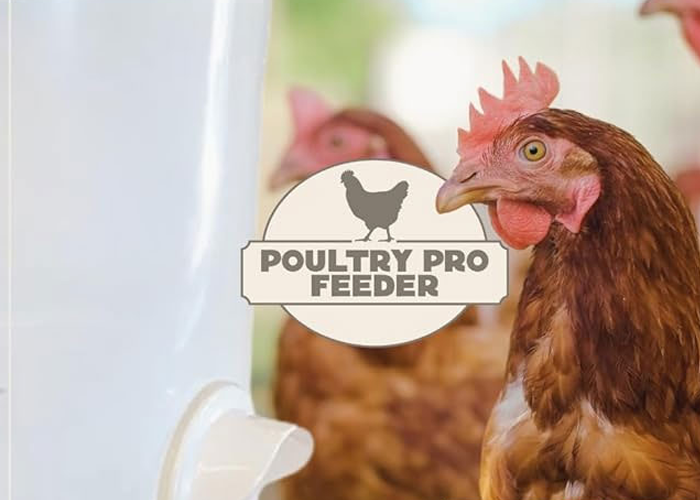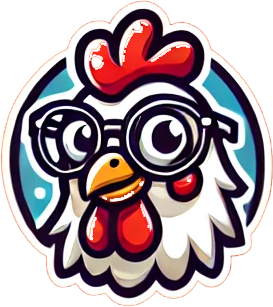
Choosing the best poultry feeder is essential for any chicken keeper aiming for an efficient, sustainable, and loving approach to feeding their flock. Whether you’re a hobbyist or a small-scale farmer, thoughtfully selecting the right feeder impacts bird health, feed waste, and your daily chores. At Riverbend Resources, we believe feeding your chickens well is the first step to nurturing your flock’s health and happiness. This guide walks you through what you need to know to find your perfect feeder and how to start, including a touch on DIY poultry feeding for those who like hands-on solutions.
The right feeder does more than just hold feed-it contributes to your flock’s overall wellbeing. Poorly designed feeders can lead to excessive waste, contamination, or uneven access for chickens, which affects growth and health. An efficient feeder reduces spillage, keeps feed dry and fresh, and ensures the smallest chickens can eat just as well as the biggest.
We’ve seen how a high-quality feeder can change the daily rhythm on a farm, saving time and feed costs while enhancing the birds’ feeding experience. When done right, it supports natural feeding behavior and comfort.
Every flock is different. Chickens’ age, breed, and number affect what feeder will work best. For example, young chicks require specialized chick feeders that prevent build-up and contamination, while mature hens need feeders that ensure easy access but discourage waste.
Many flock owners find themselves wondering how to balance cost, durability, and ease of cleaning. Our advice has always been to invest thoughtfully-quality feeders may cost a bit more upfront but pay for themselves by lowering feed loss and reducing cleaning time.
It’s important to consider feeder size and capacity matched to your flock size and to place feeders to avoid competition or overcrowding.
Finding the best poultry feeder means exploring options that match your flock’s requirements and your personal needs. Start by researching popular feeders, reading reviews, and seeing how designs perform in hands-on settings.
We suggest looking at feeder features like weather resistance, rodent-proof designs, and ease of refill and cleaning. Online communities and resources from trusted experts offer real-world feedback. Keep in mind that the best poultry feeder for you may combine multiple features tailored to your unique setup.
As modern trends converge on sustainability and efficiency, many flock keepers explore DIY poultry feeding solutions. These allow custom fit, affordability, and innovation directly influenced by specific flock dynamics. Riverbend Resources supports this creativity while emphasizing the importance of feeding quality.
Of late, DIY poultry feeding is gaining traction as a practical, flexible option. Converting basic items like food-grade buckets and simple hardware into feeders offers control over design and reduces costs.
DIY systems often provide adjustable feeding ports to reduce waste and accommodate different bird sizes. Plus, creating your feeder can be a satisfying part of flock care that ties you closer to your birds. These projects are especially popular where sustainability and reuse align with ethical poultry farming.
Whether starting with a commercial feeder or embarking on a DIY project, we encourage careful planning to ensure your design supports healthy, accessible feeding for all birds.
Sustainability is a growing priority in poultry management. Reducing feed waste, choosing durable, eco-friendly materials, and minimizing daily resource use all help align poultry keeping with environmental responsibility.
Choosing the best poultry feeder today often means looking for options that reduce spillage and contamination, are easy to clean without excessive water or chemicals, and last for many seasons.
Riverbend Resources is committed to offering sustainable feeding solutions that respect both your flock and the planet. This approach is part of how we give back to the agricultural community and encourage mindful poultry care.
Feeding your chickens well means looking beyond convenience-it’s about nurturing life thoughtfully. At Riverbend Resources, we’re passionate about providing feeders that combine innovation, sustainability, and practical design. Whether you prefer ready-to-use feeders or enjoy crafting your own with DIY poultry feeding techniques, we stand with you in your journey.
By choosing smarter, sustainable feeding options, you invest in your flock’s health and contribute to a greener future. Because caring for poultry is not just a task-it’s a commitment to better living, one feeder at a time.

Added to cart